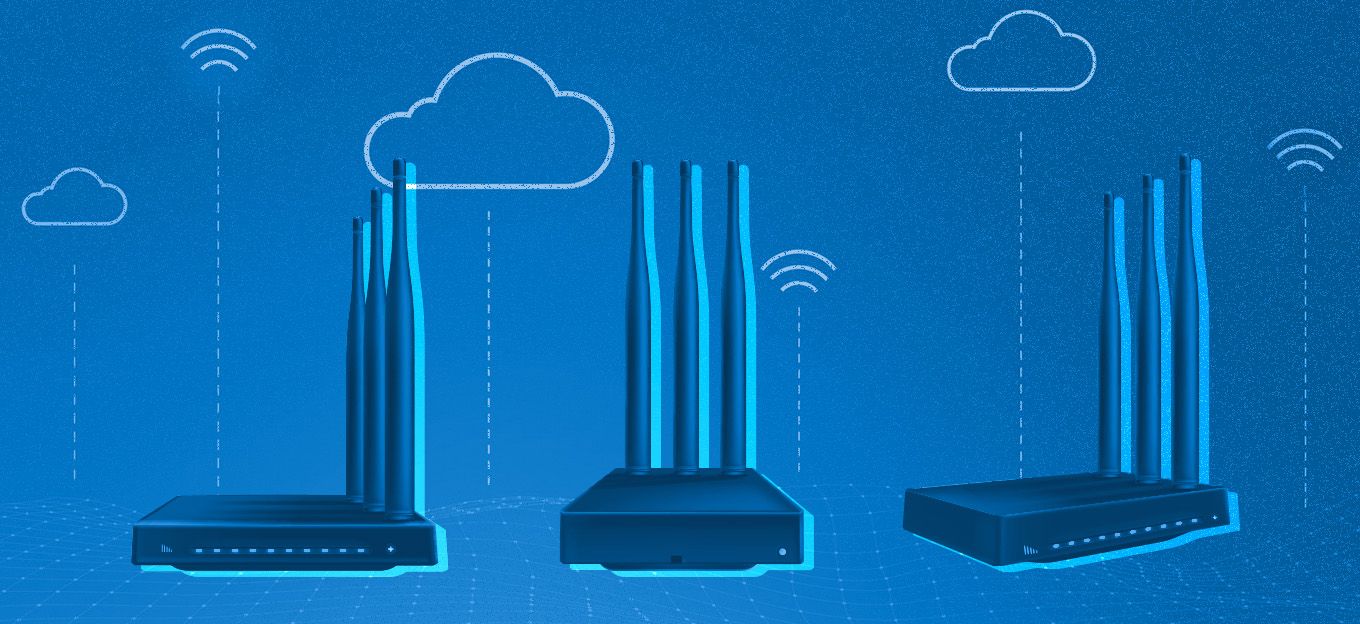Why Touch is the Next Important Step for VR
Why Touch is the Next Important Step for VR
- Last Updated: December 2, 2024
Calum McClelland
- Last Updated: December 2, 2024



It’s exciting to hear about VR being applied in travel, education, shopping, and gaming, or of Apple and Google dueling it out in the consumer AR space. But as a lifelong lover of Sci-Fi, I can’t help but yearn for true virtual reality. You know, not just seeing and hearing an virtual environment, but feeling like you’re truly, actually there.
Known as Immersive Virtual Reality, this requires that we nail both perception and interaction.
Perception
Perception refers to the five senses of sight, sound, touch, taste, and smell. In immersive VR, we would perceive our virtual environment with all five just as we would in the real world.
Interaction
But just perceiving the environment isn’t enough. To truly feel like we’re there, we also need to be able to interact with that environment. In immersive VR, we need to be able to manipulate objects and move through the environment as we do in the real world.
It’s important to note that both perception and interaction are intimately tied together, and reality involves a constant feedback between the two. If you pick up a ball, you must first see that it’s there (perception) and then you use your hands to pick it up (interaction). But as you touch the ball you’ve added to your perception, allowing you to adjust your interaction if necessary.
How Do We Get to Immersive VR?
One way of achieving truly immersive VR would be to directly interact with the nervous system. With a direct interface, we would translate the electrical impulses of our brains into digital outputs (read more about brain sensing tech) and conversely translate digital inputs into artificially stimulated nerve impulses.
However, this kind of Sci-Fi technology remains more fiction than science at the moment, as this would require a much deeper understanding of the nervous system, the ability to manipulate the central nervous system on a granular level, and powerful computers to process the massive amount data necessary.
In the near-term, VR will instead be made more immersive by focusing on better emulating the five senses (i.e. perception) and on creating better tools for interaction.
Below I’ll briefly touch on each of the five senses and explain why touch shows the most promise for increasing VR immersion in the near-term.
Sight/Sound
To date, VR has mostly been focused on these two senses. When most people think of VR, they immediately think of the visual aspect (i.e. VR headsets). And for sound, we’re well used to headphones and surround sound stereo systems.
As Adrian Cheok, director at the Imagineering Institute, puts it, this is because “fundamentally, sound and light are frequencies: they are wave-based, and can be transmitted into digital bits onto the internet.”
The other senses present a greater challenge.
Smell/Taste
“The fundamental problem with touch, taste and smell is that it’s a different kind of sense. For smell, we sense molecules, which triggers some electrical pulse to your brain…[it’s a] difficult problem. Unlike taste, where we only have five different taste receptors, most scientists estimate us having a few thousand different kinds of individual smell receptors. How do we stimulate those individual receptors?” — Adrian Cheok
Both taste and smell are difficult problems. There’s been some success with producing virtual tastes with just electrical signals, and some companies like VAQSO are trying to add scent (for a good laugh, you should also check out South Park’s Nosulus Rift).
Although bringing taste and smell into VR would definitely help with immersion, taste and smell are heavily in the perception category and have the least to do with interaction. This is why touch is so important.
Touch
Touch is a critical piece to immersive VR because it’s essential to interaction. As discussed above, both perception and interaction are needed for fully immersive VR.
Sight and sound represent two of the most important components of human perception, and these are addressed with current technology. But there isn’t yet a good means of interacting with virtual environments in a immersive way, necessitating a better experience for touch.
Touch represents incredible promise right now for immersive VR because it’s so important and because there is so much room for improvement.
In the near-term, improved haptic feedback in VR controllers will allow us to have deeper experiences and interactions with virtual environments. Beyond VR controllers, there’s also exciting research into using ultrasound to create sensations on your hands or using new materials to manipulate temperature perception.
The Most Comprehensive IoT Newsletter for Enterprises
Showcasing the highest-quality content, resources, news, and insights from the world of the Internet of Things. Subscribe to remain informed and up-to-date.
New Podcast Episode

IoT and AI in 2026
Related Articles


